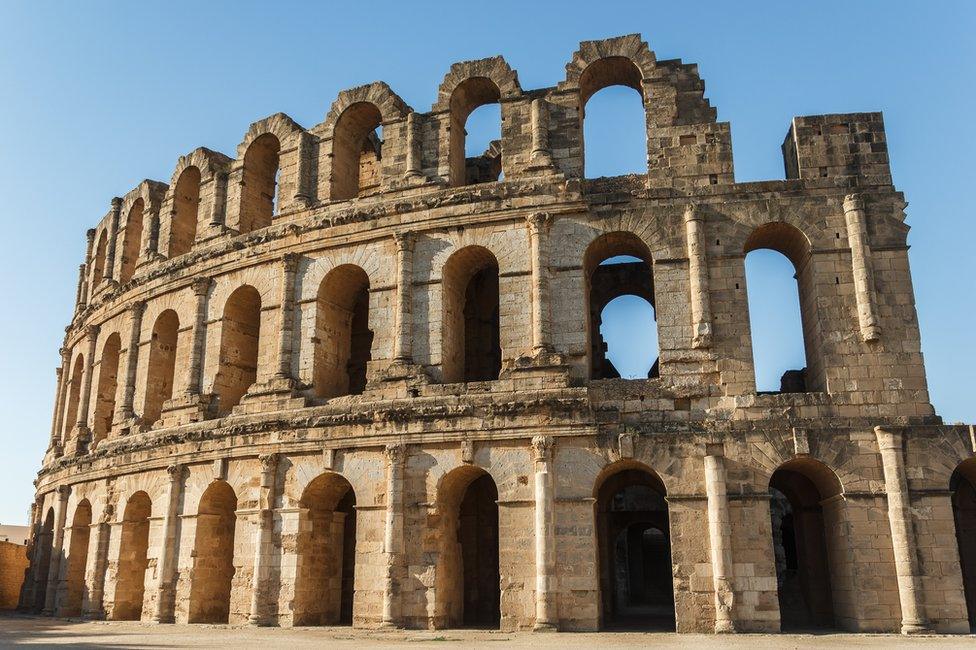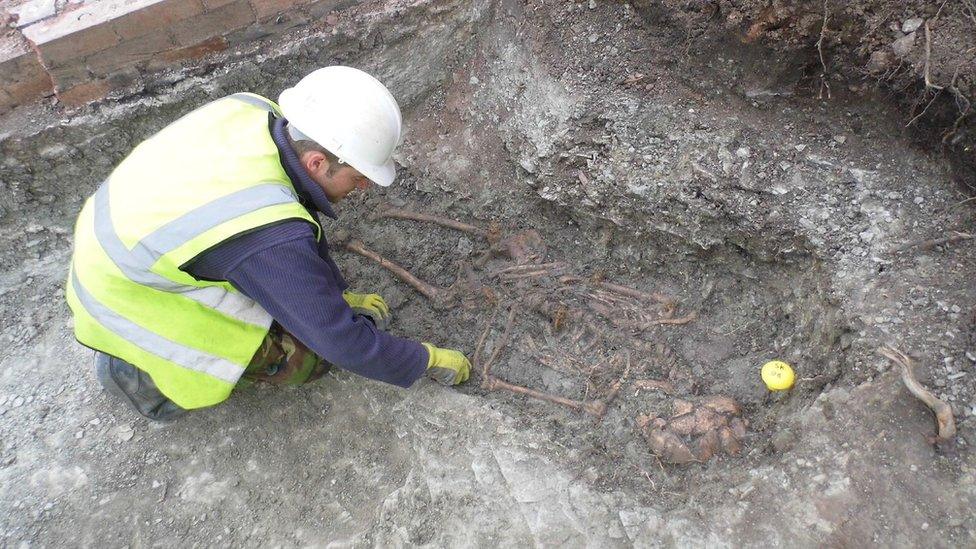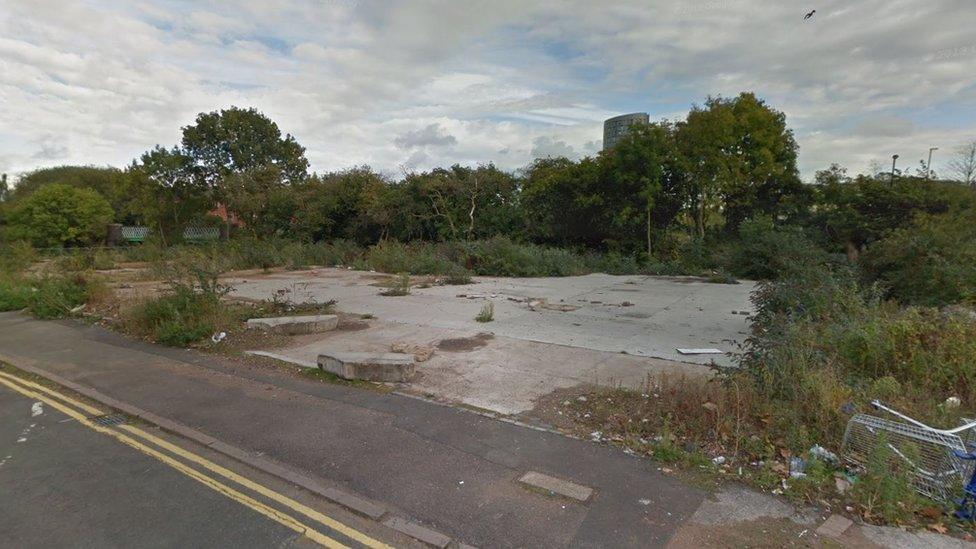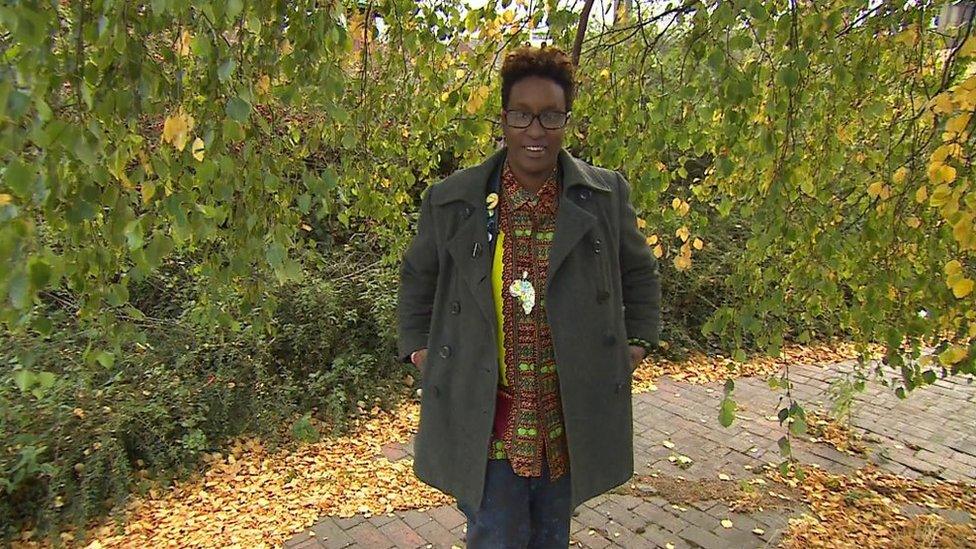Leicester's African Roman skeletons: Your questions
- Published

El Djem amphitheatre, which is considered the most impressive Roman ruin in Africa
Skeletons uncovered in a Roman graveyard in Leicester are thought to be the earliest examples of African people living in the city. We answer your questions about this fascinating discovery.
Do we know which region of Africa they came from?
"Cranial features can distinguish ethnic groups but it's very difficult to be certain," says Matthew Morris, who is supervising the project to find out more about the remains.
"We can only be sure through DNA analysis which the team may explore in the future."
He says osteologists, who study bones and skeletons, would find it even harder to pinpoint a region of Africa.
Are there prominent African figures in Roman history?

African-born Septimius Severus ruled the Roman empire until AD 211
Septimius Severus was the first African-born Roman emperor. He was born in Libya in AD145 and reigned between AD193 and AD211, when he died in York during a military expedition.
Severus was the first emperor to admit openly that the army shored up his imperial power, and he rewarded the soldiers accordingly .
Ever the realist, on his death bed in York in AD211, Severus told his sons to look after the soldiers and to ignore everyone else.
Why is the Roman/African connection not more widely known?
"Part of why this is not talked about is because it doesn't fit into the narrative of race and Britain," says Dr Kehinde Andrews, course leader of the Black Studies degree at Birmingham City University.
"The myth we are sold is that Britain is a special island nation, with an indigenous white population who exported civilisation around the world.
"The idea that there were Africans and others here contributing in Roman times - and all the way up to the present - shatters that illusion."
What else did the experts find?

An archaeologist excavates a skeleton in the Roman cemetery at Western Road
Mr Morris says one of the skeletons had "severe rickets".
His theory is this may have been a result of environmental change rather than dietary, as people with African ancestry have darker skin and need more sunlight to get enough vitamin D.
It suggests these people had moved from a sunnier climate to gloomy old England, he adds.
Where is the exact burial site located?
It's at the former Equity Shoes factory on Western Road.

A Roman burial ground was discovered on the site of the former Equity Shoes factory
- Published2 December 2016

- Published7 November 2016
